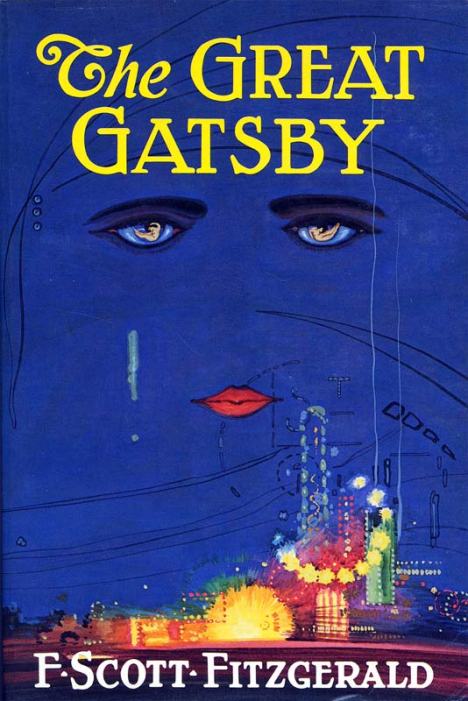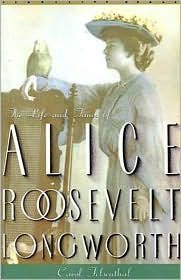 Frank Tallis
Frank Tallis
Paperback, $15.00
Random House
January 2008
496 pages
Dr. Frank Tallis is a clinical psychologist in addition to being a writer. His background certainly brings an interesting dimension and understanding to his writing and I’m sure it’s just a coincidence that the main character and hero of his books is also a psychologist.
Vienna Blood is the sequel to A Death In Vienna, but there is no need to read them in any particular order. They do involve the same characters but Tallis gives enough introduction to make them stand-alone novels (which sort of defeats the purpose of a series, in which one expects the characters to grow and change in some way). I liked A Death and am thrilled that I can summarize both it and Vienna Blood for you now:
Turn-of-the-century Vienna: Oskar Rheinhardt is a police detective who is charged with finding a serial killer. He enlists the help of his friend, Dr. Max Leibermann, a disciple of Frued. The two men share a weekly musical session in which Leibermann plays piano and Rheinhardt sings. [This is where the two books begin to differ.] Eventually, they discover that the victims whose murders they are investigating parallel characters from Mozart’s The Magic Flute. Detective work ensues.
This book bothered me for several reasons. First, the protagonist, with whom readers should want to form some sort of bond, is a know-it-all prick whom I ended up just wanting to slap. And what theories does he use to know everything? Those of Sigmund Freud, whose work has been dismissed by modern psychologists. But I could get beyond all of that and enjoy the book if not for all the unnecessary tangential information. What this book needed above all was a brave editor! The Max/Oskar music sessions are mind-numbingly boring and do nothing to move the plot along. One gets the feeling the author wrote them to prove his vast musical knowledge or great research skills. Further, these characters eat ALL THE TIME. I know a lot of readers like the detail of knowing what characters are eating, and yes, sometimes that can be interesting. But when all the food is named in German and I have no idea what it is, it’s neither interesting nor enlightenling.
I must say, though, that Tallis can write. One hopes that he will hone his craft and collaborate with a competent editor to produce some great stuff in the future. For now, however, I recommened A Death In Vienna over Vienna Blood.
Filed under: Reviews | Tagged: A Death In Vienna, book review, fiction, Frank Tallis, historical fiction, Sigmund Freud | Leave a comment »


 John Darnton
John Darnton
 F. Scott Fitzgerald
F. Scott Fitzgerald





